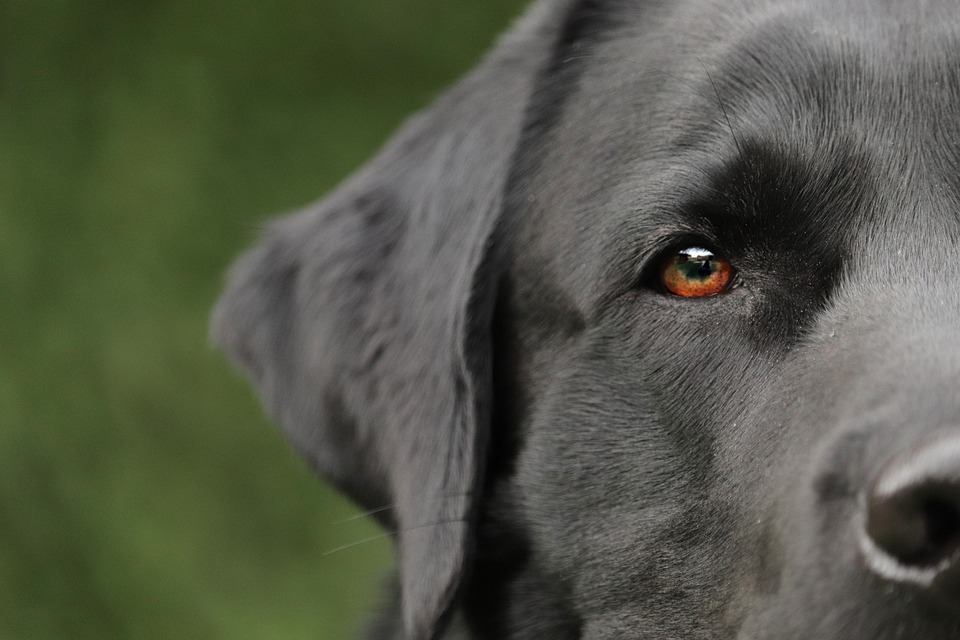leash reactivity is a common behavior issue that many dog owners face. Understanding why it occurs and how to address it is crucial for creating a positive walking experience for both you and your furry friend. In this article, we will explore the causes of leash reactivity, how to recognize it through your dog’s body language, and effective strategies for managing and reducing this behavior.
Leash reactivity refers to the exaggerated response a dog exhibits when encountering other dogs, animals, or people while on a leash. This behavior can manifest as barking, growling, lunging, or even aggressive behavior. It is important to note that leash reactivity is often fueled by fear, anxiety, frustration, or a combination of these emotions.
One of the common causes of leash reactivity is fear and anxiety. Dogs may react aggressively on a leash due to perceiving other dogs or people as threats. This response is often triggered by past negative experiences or lack of socialization. Frustration can also contribute to leash reactivity, especially if a dog is kept on a tight leash for long periods or is unable to interact freely with their environment. Some dogs display leash reactivity as a result of their protective instincts, perceiving the leash as a restriction and triggering a defensive response towards perceived threats. Furthermore, dogs that have not been properly socialized from an early age may have difficulty interacting calmly with other dogs or people, leading to leash reactivity.
To effectively manage leash reactivity, it is crucial to understand your dog’s body language. A tense and stiff body posture usually indicates that your dog is preparing for a reactive response. Raised hackles, the fur along your dog’s back standing up, signifies heightened arousal or aggression. Intense staring at another dog or person may be a precursor to reactive behavior. Flattened ears against their head suggest fear and anxiety.
There are several strategies that can be implemented to manage leash reactivity. Desensitization and counterconditioning involve gradually exposing your dog to the triggers that cause reactivity, rewarding calm behavior and associating positive experiences with those triggers. Distance management is important, as it allows you to maintain a safe distance between your dog and the triggers, gradually decreasing it over time as your dog becomes more comfortable. Redirecting focus is another effective strategy, where you teach your dog alternative behaviors, such as focusing on you or performing commands, to divert their attention from the trigger. Reward-based training is also crucial, as positive reinforcement techniques can be used to reward and reinforce calm behavior, gradually reducing leash reactivity.
Here are some commonly asked questions about leash reactivity:
1. Can leash reactivity be completely eliminated?
While complete elimination of leash reactivity may not always be possible, it can be effectively managed with consistent training and management. Significant improvements can be achieved.
2. Should I punish my dog for leash reactivity?
No, punishment is not recommended for leash reactivity. It can exacerbate the problem and increase fear or aggression.
3. Can professional training help with leash reactivity?
Yes, seeking the assistance of a professional dog trainer or behaviorist who specializes in leash reactivity can be highly beneficial. They can provide tailored strategies and guidance specific to your dog’s needs.
4. How long does it take to see improvements in leash reactivity?
The time required to see improvements in leash reactivity can vary depending on various factors, including the dog’s history, intensity of reactivity, and consistency of training. Patience and persistence are key.
Understanding leash reactivity is the first step towards effectively managing this behavior. By implementing the strategies outlined in this guide and seeking professional guidance when needed, you can help your dog become more comfortable and relaxed during walks, ensuring a happier and more enjoyable experience for both of you.









